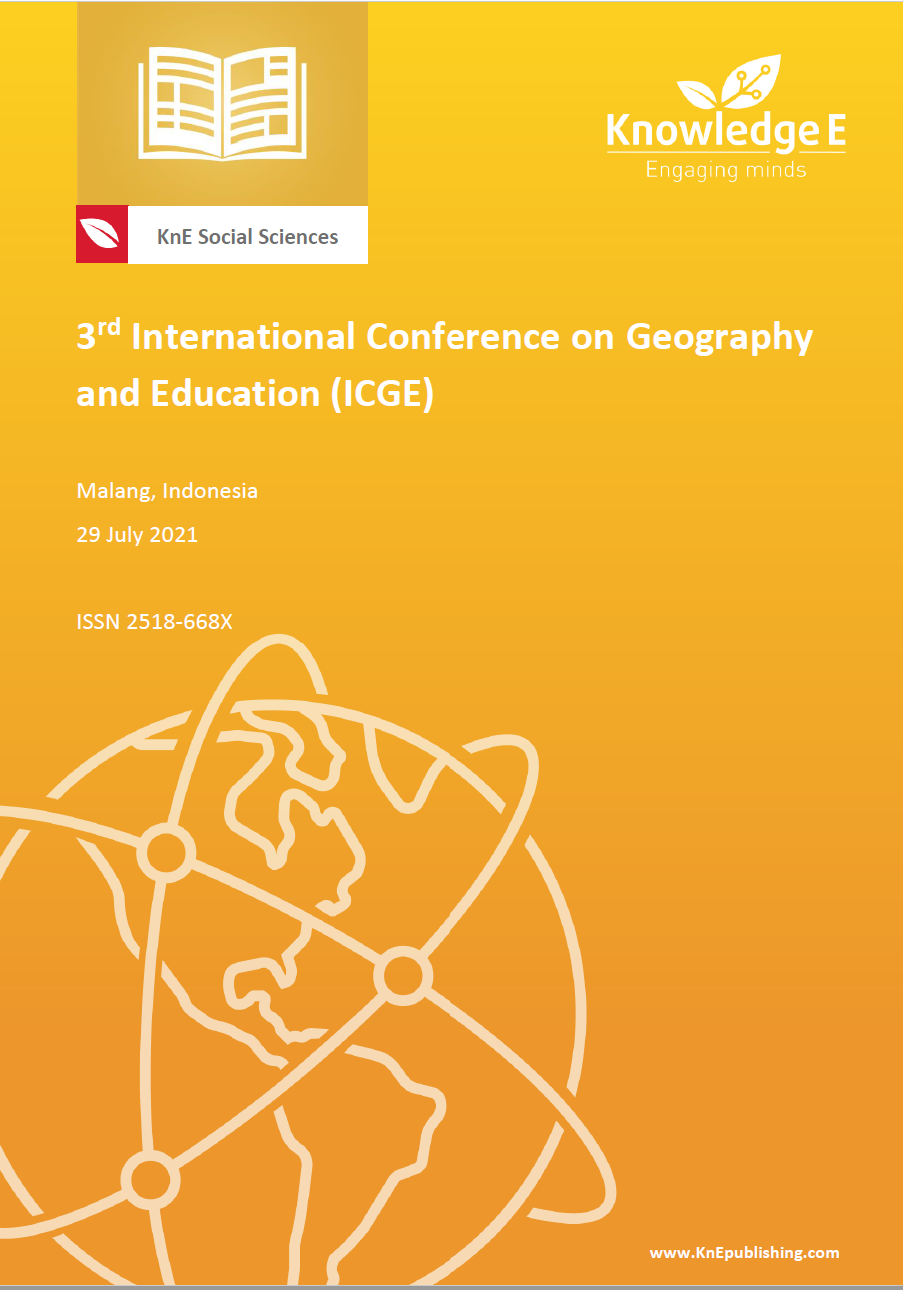Drought Indices to Map Forest Fire Risks in Topographically Complex Mountain Landscapes
DOI:
https://doi.org/10.18502/kss.v7i16.12167Abstract
Drought has the potential to lead to forest fires. Forest fires generally occur during the dry season when the mountain slope forest experiences a water deficit. Drought identification based on remote sensing is useful for mapping potential fires in Arjuno- Welirang Forest and TNBTS Forest (in Bromo Tengger Semeru National Park). This research used Landsat-8 images in 118/065 and 118/066 in August and November 2015-2018. Validation data were obtained using high resolution planet scope images and rainfall data. Three drought indices were tested to identify fires, namely TVDI, VHI and NDDI. The indices were tested visually using high resolution images and tested meteorologically using SPI. From the results of the accuracy test and correlation, TVDI had the highest accuracy in the Arjuno-Welirang forest (96% accurate), while the best index for TNBTS was the VHI index (96% accurate).
Keywords: drought indices, TVDI, VHI, NDDI, forest fires, Indonesia
References
[2] Sugito Y. Ekologi tanaman. Malang: Fakultas Pertanian Universitas Brawijaya; 1999.
[3] Sugiyono S. Metode penelitian pendidikan pendekatan kuantitatif, kualitatif, dan R&D. Bandung: Alfabeta; 2010.
[4] Ramadhan H. Penyebab dan pengendalian kebakaran hutan di gunung lawu, rph sarangan, bkph lawu selatan, kph lawu ds, Jawa Timur. Bogor: Fakultas Kehutanan Institut Pertanian Bogor; 2018.
[5] BPBD Jawa Timur. Kejadian kebakaran Jawa Timur tahun 2019. Jawa Timur: Badan Penanggulangan Bencana Daerah; 2019. Available from: http://files.bpbd.jatimprov. go.id/LAPHAR/2019/10_OKTOBER/07%20OKTOBER%202019.pdf
[6] Magma Indonesia. WEBGIS persebaran gunung api di Indonesia. Jakarta: Kementrian Energi dan Sumber Daya Mineral; 2017.
[7] Lee H. Satellite-based, multi-indices for evaluation of agricultural droughts in a highly dynamic tropical catchment; Water;2018;10(5)659-668. https://www.mdpi.com/2073- 4441/10/5/659
[8] Danoedoro P. Pengantar penginderaan jauh digital. Yogjakarta: Andi; 2012.
[9] Sandholt I, Rasmussen K, Andersen J. A simple interpretation of the surface temperature/vegetation index space for assessment of surface moisture status. Remote Sensing of Environment. 2002;79:213-224.
[10] Kogan FN. Global drought watch from space. Bulletin of the American Meteorological Society (BAMS). 1997;78:621–636.
[11] Gu Y, Hunt E, Wardlow B, Basara JB, Brown JF, Verdin JP. Evaluation of MODIS NDVI and NDWI for vegetation drought monitoring using Oklahoma Mesonet soil moisture data. Geophysical Research Letters; 2007;35(L22401)1-5.
[12] Rahman R, Sukmono F, Yuwono A, Darmo B. Analisis kekeringan pada lahan pertanian menggunakan metode nddi dan perka bnpb nomor 02 tahun 2012 (Studi kasus: Kabupaten kendal tahun 2015). Semarang: Universitas Diponegoro; 2010.
[13] McKee TB, Doesken NJ, Kleist J. The relationship of drought frequency and duration to time scales. Paper presented at: 8th Conference on Applied Climatology; 1993 Jan 17-22; Anaheim, CA, USA.

